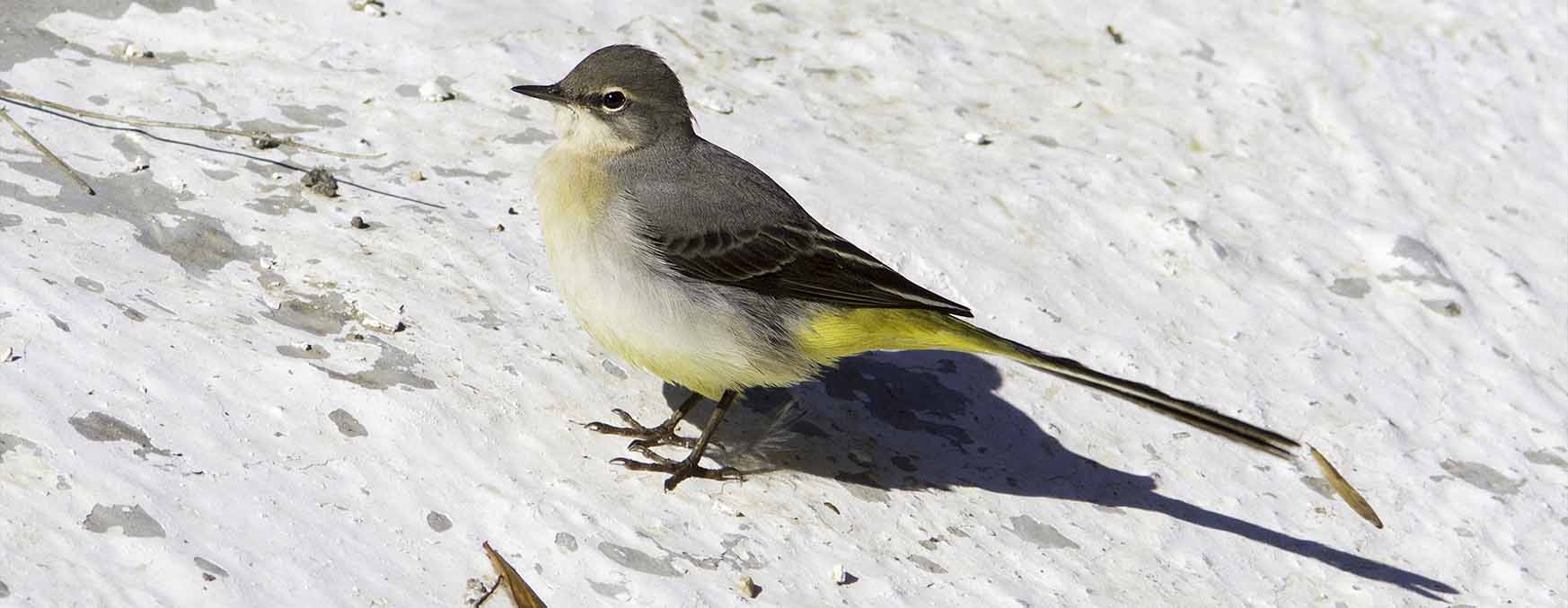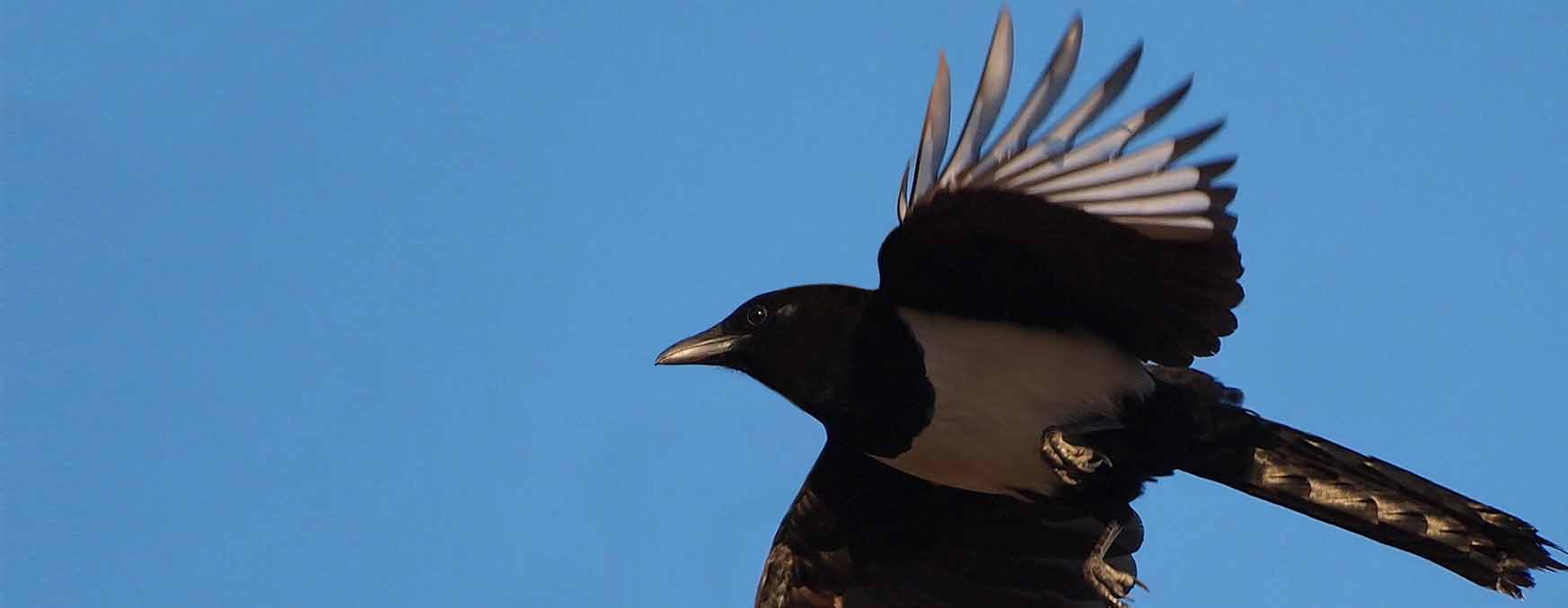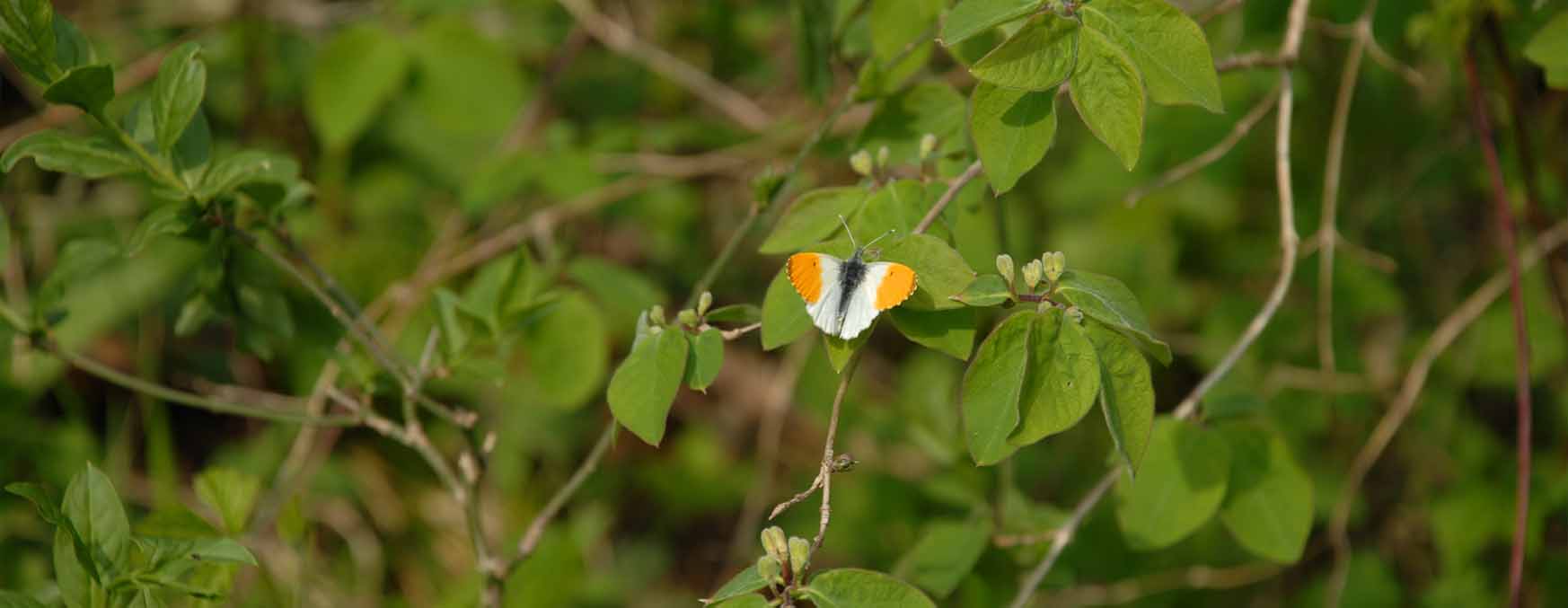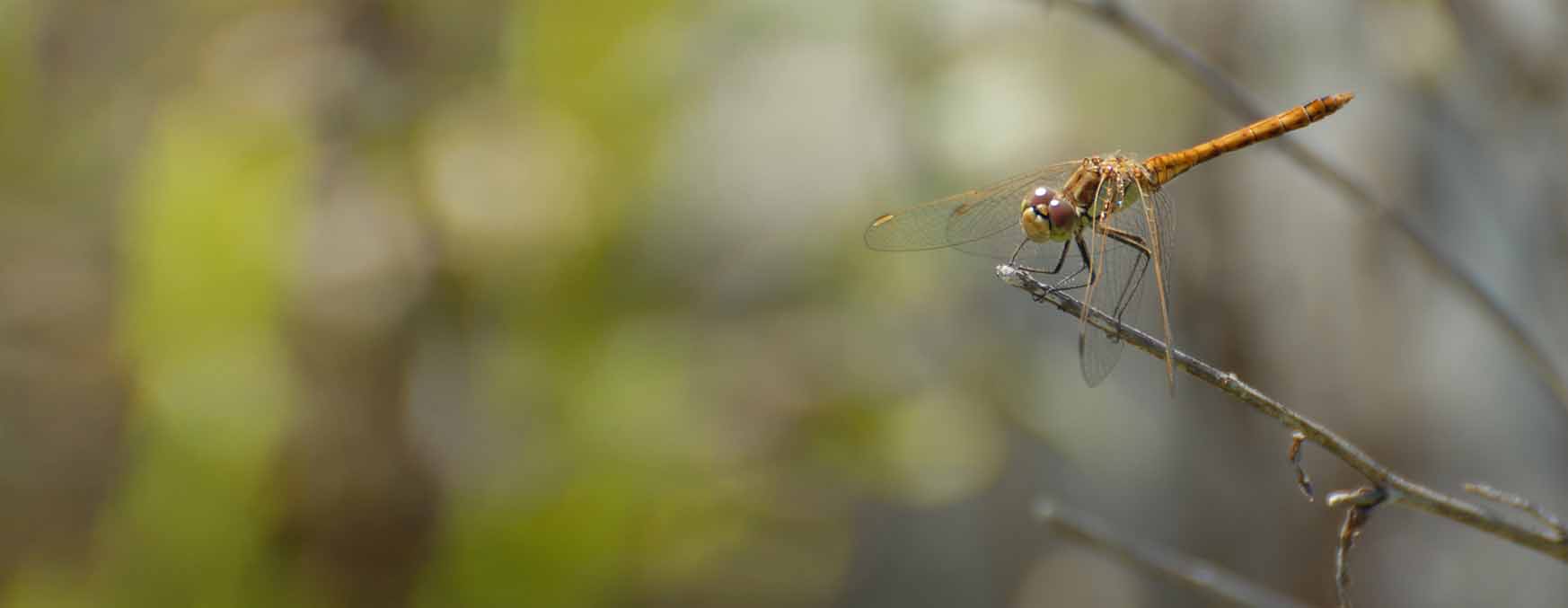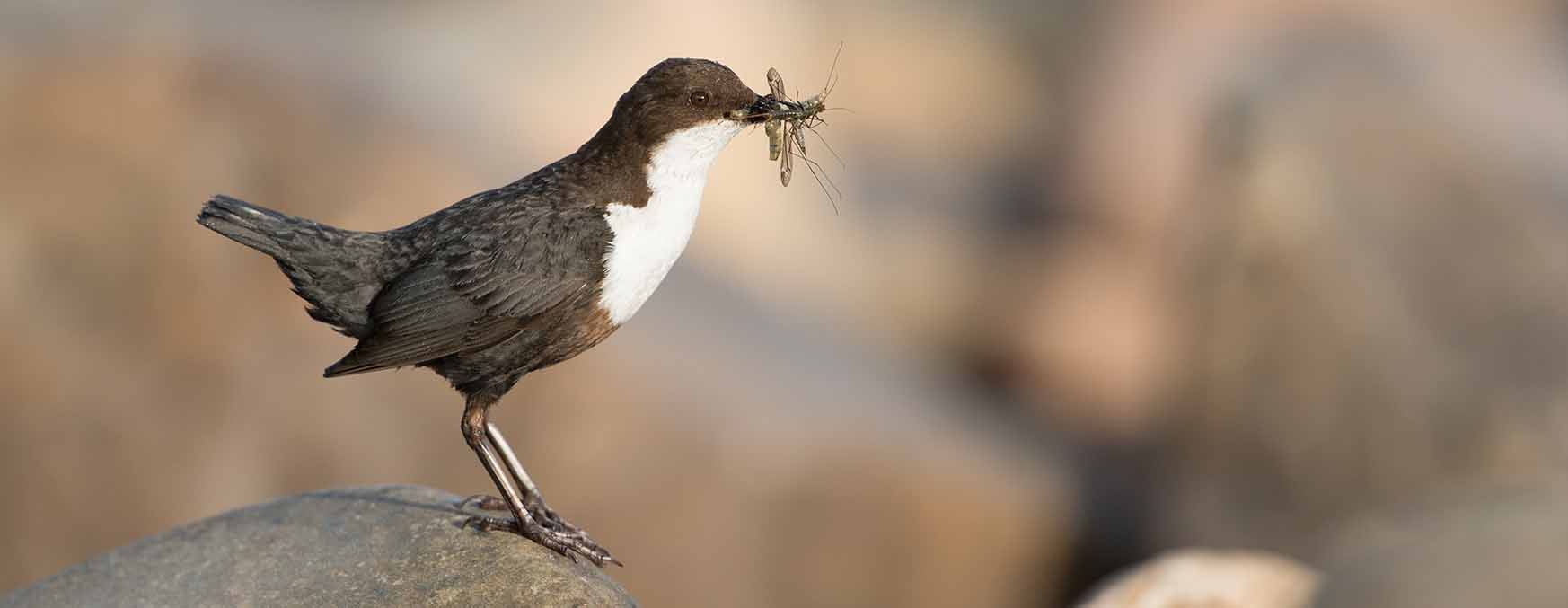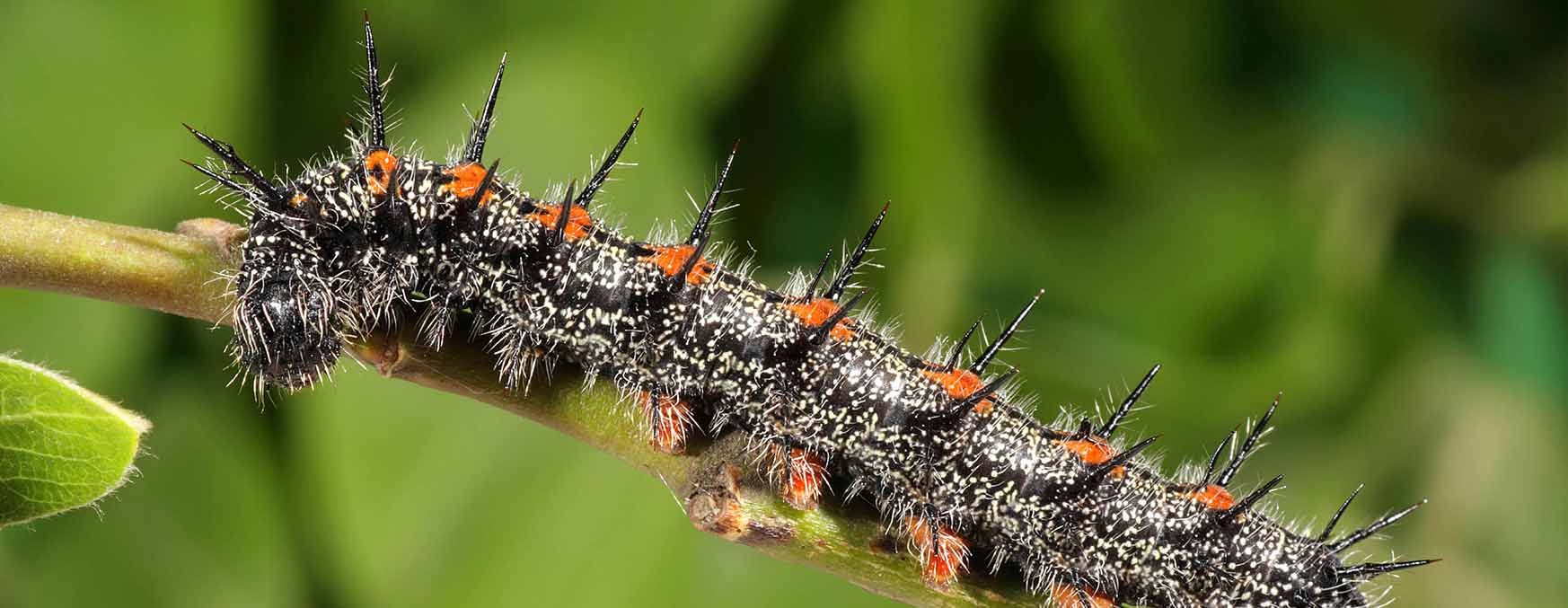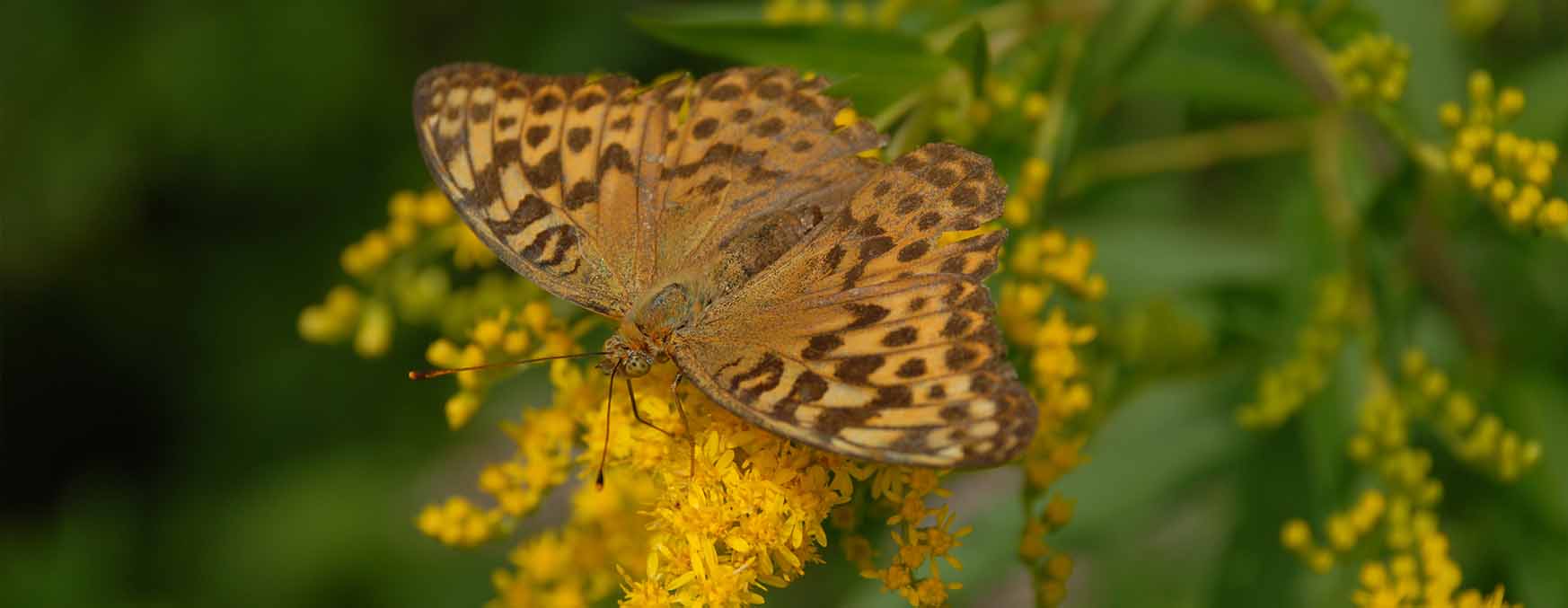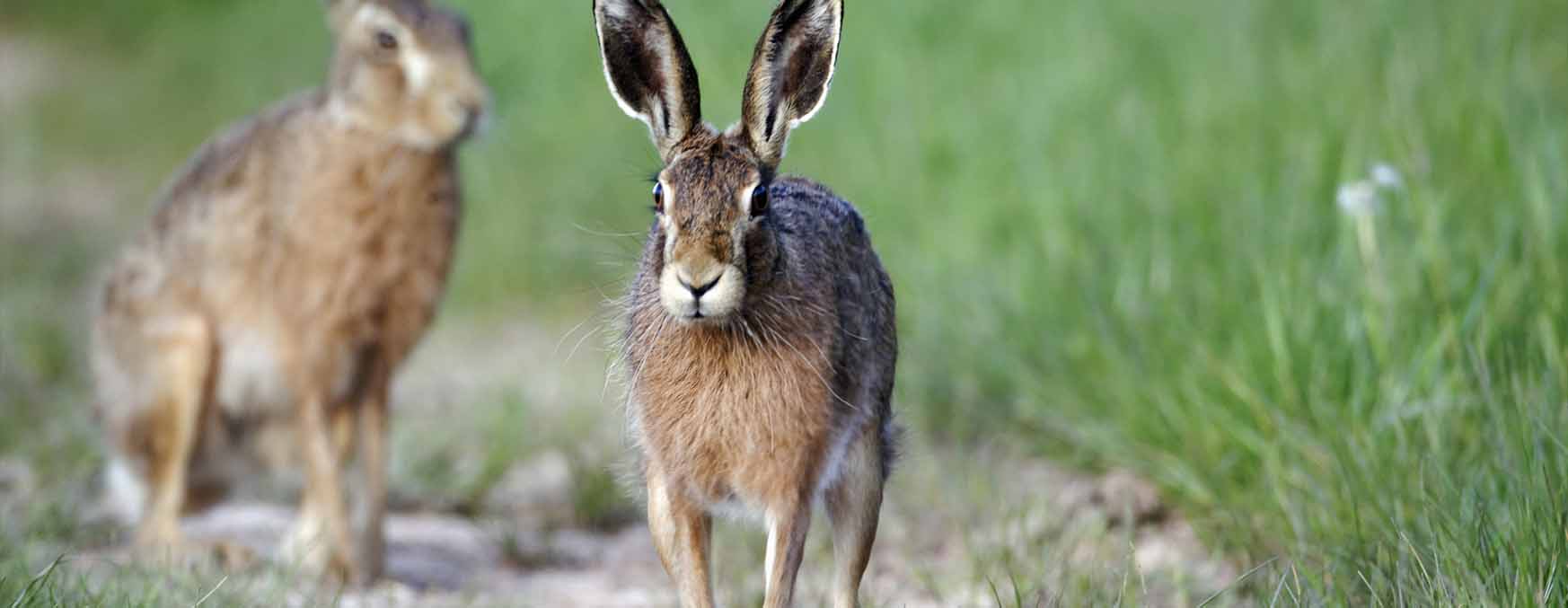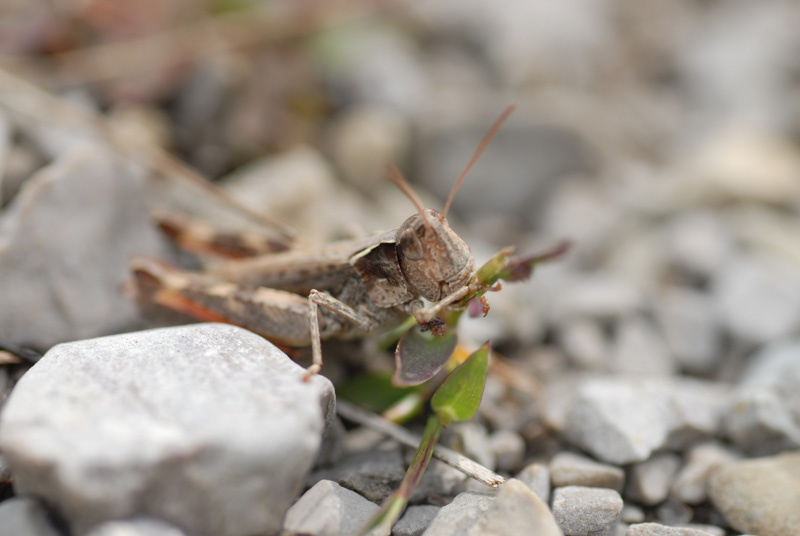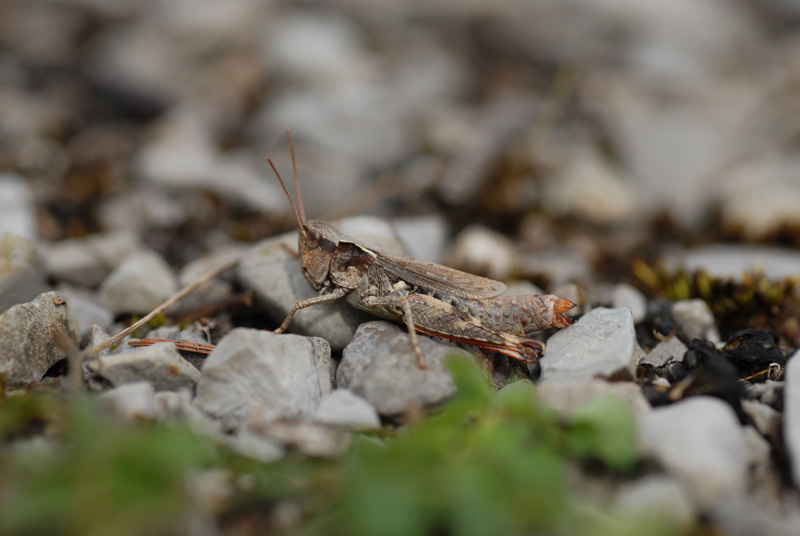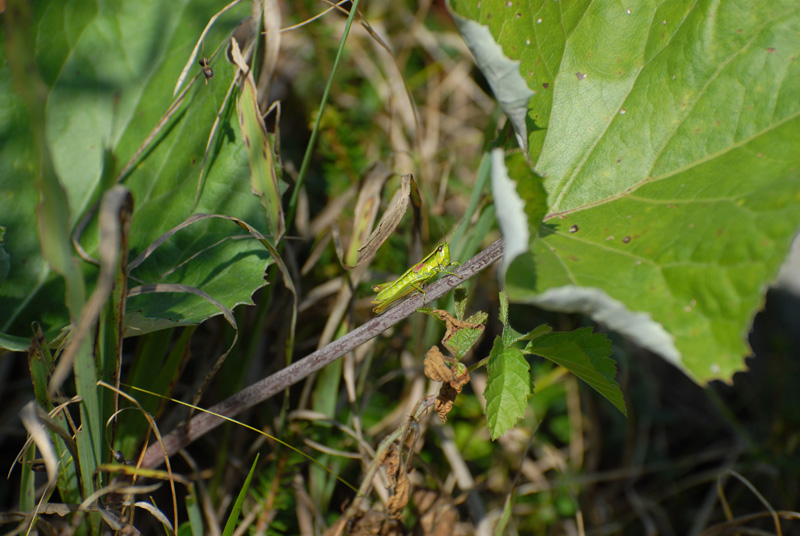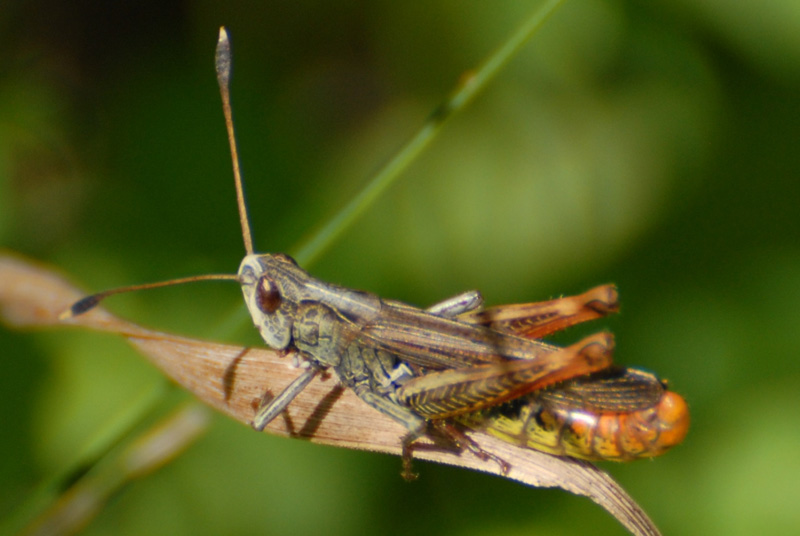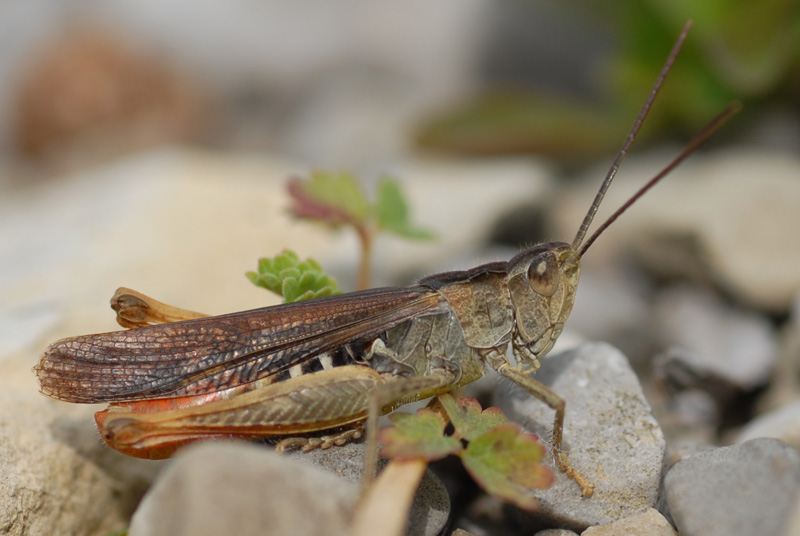Data protection
The protection of your personal data is very important to us. Therefore we process your data exclusively on the basis of the legal regulations (DSGVO, TKG 2003). In this privacy policy we inform you about the most important aspects of data processing within our website.
The use of our website is usually possible without providing personal information. As far as on our sides personal data (for example name, address or E-Mail addresses) are raised, this takes place, as far as possible, always on voluntary basis. This data will not be disclosed to third parties without your explicit consent.
We point out that the data transmission in the Internet (e.g. in the communication by E-Mail) can exhibit security gaps. A complete protection of the data from access by third parties is not possible.
Cookies
The internet pages partly use so-called cookies. Cookies do not harm your computer and do not contain viruses. Cookies serve to make our offer more user-friendly, effective and secure. Cookies are small text files that are stored on your computer and stored by your browser.
Most of the cookies we use are so-called "session cookies". They are automatically deleted after your visit. Other cookies remain stored on your device until you delete them. These cookies allow us to recognize your browser the next time you visit.
You can set your browser so that you are informed about the setting of cookies and allow cookies only in individual cases, the acceptance of cookies for certain cases or generally exclude and activate the automatic deletion of cookies when closing the browser. Disabling cookies may limit the functionality of this website.
Server log files
The provider of the pages automatically collects and stores information in so-called server log files, which your browser automatically transmits to us. These are:
Browser type and browser version
used operating system
Referrer URL
Host name of the accessing computer
Time of the server request
This data cannot be assigned to specific persons. A merge of this data with other data sources will not be done. We reserve the right to check this data retrospectively, if we become aware of specific indications for illegal use.
Contact form
If you send us inquiries via the contact form, your details from the inquiry form, including the contact details you provided there, will be stored in order to process the request and in case of follow-up questions. We will not share this information without your consent.
Newsletter data
If you would like to receive the newsletter offered on the website, we need an e-mail address from you, as well as information that allows us to verify that you are the owner of the specified e-mail address and that you agree to receive the newsletter, further data is not collected. We use this data exclusively for the delivery of the requested information and do not pass it on to third parties.
The granted consent to the storage of the data, the e-mail address and their use for sending the newsletter can be revoked at any time, for example via the "unsubscribe" link in the newsletter.
Google Analytics
This website uses functions of the web analytics service Google Analytics. Provider is the Google Inc., 1600 Amphitheater Parkway Mountain View, CA 94043, USA.
Google Analytics uses so-called "cookies". These are text files that are stored on your computer and that allow an analysis of the use of the website by you. The information generated by the cookie about your use of this website is usually transmitted to a Google server in the USA and stored there.
Browser plugin
You can prevent the storage of cookies by a corresponding setting of your browser software; however, please note that if you do this, you may not be able to use all the features of this website to the fullest extent possible. In addition, you can prevent the collection by Google of the data generated by the cookie and related to your use of the website (including your IP address) as well as the processing of this data by Google by downloading the browser plug-in available under the following link and install: https://tools.google.com/dlpage/gaoptout?hl=en
Opposition to data collection
You can prevent the collection of your data by Google Analytics by clicking on the following link. An opt -out cookie will be set to prevent your data from being collected on future visits to this site: disable Google Analytics
For more information on how to handle user data on Google Analytics, please refer to the Google Privacy Policy: https://support.google.com/analytics/answer/6004245?hl=en
Facebook plugins (like button)
On our pages plugins of the social network Facebook, provider Facebook Inc., 1 Hacker Way, Menlo Park, California 94025, USA, are integrated. The Facebook plugins can be recognized by the Facebook logo or the "Like-Button" ("Like") on our site. An overview of the Facebook plugins can be found here: https://developers.facebook.com/docs/plugins/.
When you visit our pages, the plugin establishes a direct connection between your browser and the Facebook server. Facebook receives the information that you have visited our site with your IP address . If you click on the Facebook "Like-Button" while you are logged into your Facebook account, you can link the contents of our pages to your Facebook profile. As a result, Facebook can assign the visit to our pages to your user account. We point out that we as the provider of the pages are not aware of the content of the data transmitted and their use by Facebook. For more information, see the Facebook Privacy Policy at https://www.facebook.com/policies?ref=pf
If you do not wish Facebook to associate your visit to our pages with your Facebook user account, please log out of your Facebook user account.
Twitter
Functions of the Twitter service are integrated on our sites. These features are available through Twitter Inc., 1355 Market Street, Suite 900, San Francisco, CA 94103, USA. By using Twitter and the "Re-Tweet" function, the websites you visit are linked to your Twitter account and shared with other users. This data is also transmitted to Twitter. We point out that we as the provider of the pages are not aware of the content of the transmitted data and their use by Twitter. For more information, see the Twitter Privacy Policy at https://twitter.com/privacy.
You can change your privacy settings on Twitter in the account settings at: https://twitter.com/account/settings.
Google+
Our pages use features of Google+. Provider is Google Inc., 1600 Amphitheater Parkway Mountain View, CA 94043, USA.
Collect and share information: Use the Google + button to post information worldwide. The Google + button will provide you and other users with personalized content from Google and our partners. Google stores both the information that you + 1’d for a piece of content and information about the page you viewed when you clicked +1. Your + 1’s may appear as clues along with your profile name and photo in Google services, such as in search results or in your Google profile, or elsewhere on websites and ads on the Internet.
Google records information about your + 1 activities to improve Google’s services to you and others. To use the Google + button, you need a globally visible, public Google profile that must contain at least the name chosen for the profile. This name will be used in all Google services. In some cases, this name may also replace a different name you used when sharing content through your Google Account. The identity of your Google Profile may be displayed to users who know your email address or have other identifying information from you.
Use of the information collected: In addition to the uses outlined above, the information you provide will be used in accordance with the applicable Google privacy policy. Google may publish summarized statistics about users’ + 1 activity or share it with users and partners, such as publishers, advertisers or affiliate websites.
Your rights
Your rights In principle, you have the rights to information, correction, deletion, restriction, data portability, revocation and opposition. If you believe that the processing of your data violates data protection law or if your data protection claims have otherwise been violated in a way, you can complain to the supervisory authority. In Austria, this is the data protection authority.
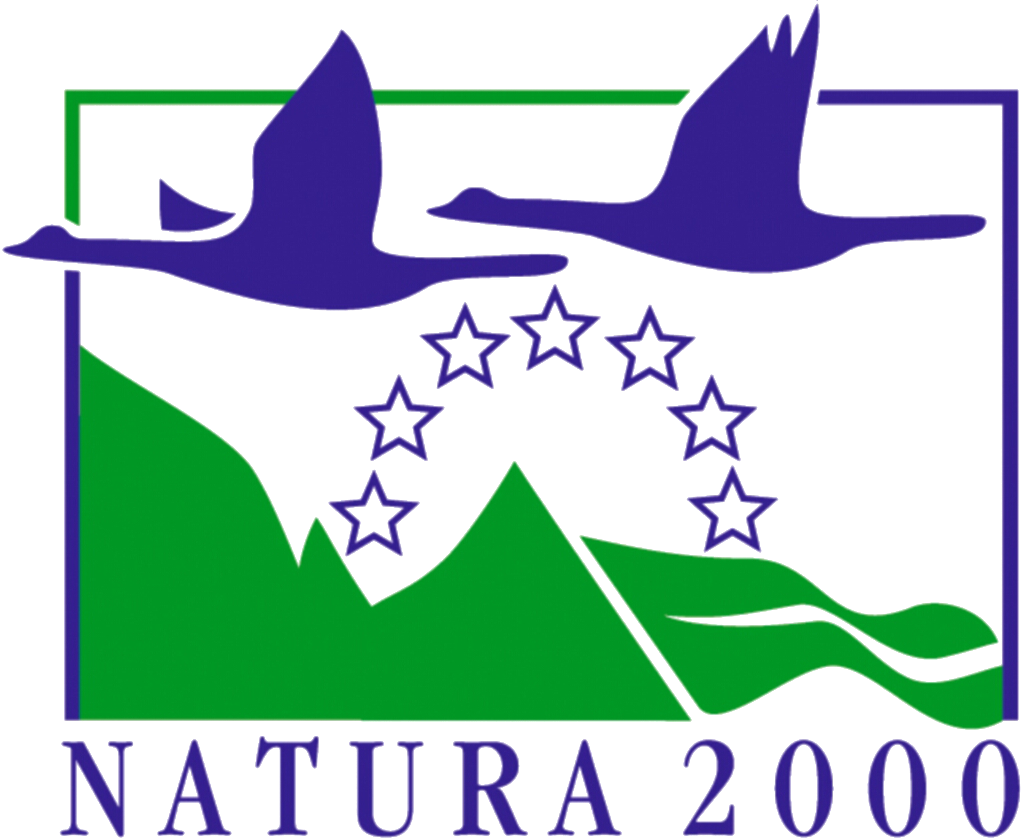
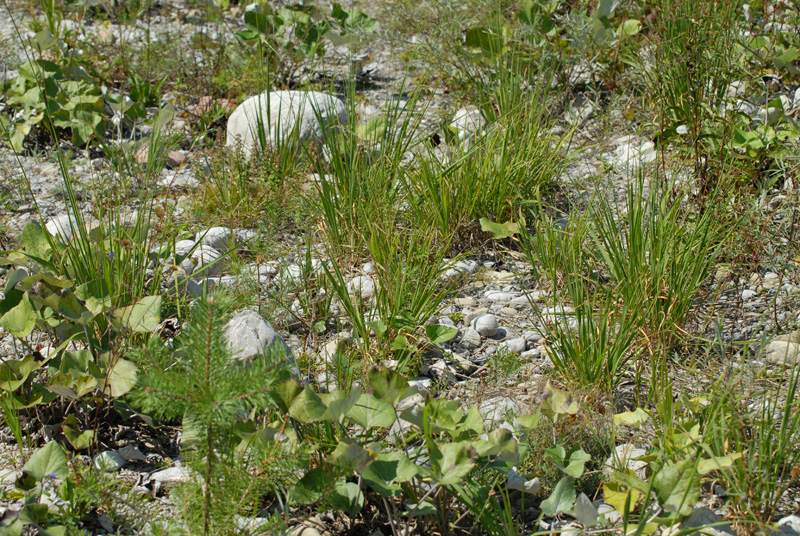 Around 15 different species of grasshopper have been documented in the Tauglgries nature reserve, including true rarities north of the Alps. They require warm, dry areas without vegetation cover. Such habitats are found on a natural river like the Taugl, but have become very rare.
Around 15 different species of grasshopper have been documented in the Tauglgries nature reserve, including true rarities north of the Alps. They require warm, dry areas without vegetation cover. Such habitats are found on a natural river like the Taugl, but have become very rare.


